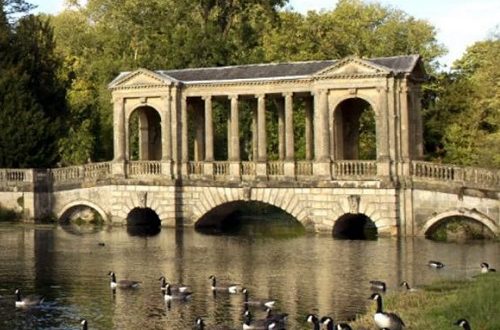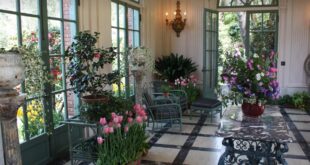Stowe Landscape Gardens launched the career of Lancelot Capability Brown, now owned by the National Trust, it is one of the nations finest gardens.
Lancelot Capability Brown
Having been born and educated in Northumbria, the son of a land agent, Lancelot Brown in his early twenties moved south to seek his fortune. Following work at nearby Kiddington Hall, he joined the gardening team at Lord Cobham’s estate at Stowe working under William Kent, now largely forgotten. Kent was an early advocate of what we now call the English Landscape style. Unlike formal gardens following continental influence, with Landscape designs, the aim is to replicate nature. Creating wooded valleys with streams and lakes on what had previously been plain fields.
At only 26, Brown became head gardener at Stowe. He quickly mastered the art, literally moving and creating hills, moving mature trees, diverting and creating water features, all in the days before mechanisation. Altogether he worked on around 170 gardens, quite a few remain today.
Brown married whilst working at Stowe.
Stowe Landscape Gardens
The story of the garden predates Brown’s involvement by many years. The garden we enjoy today is mainly due to one owner, Baron, later Viscount Cobham a prominent politician. He wanted to make a bold statement both with the house, now Stowe School and the gardens. Being able to afford the top architects and gardeners of the day, enabled him to succeed.
Initially formal gardens were laid out, soon to be replaced following the landscape style. What makes Stowe stand out are the buildings that accompany the landscaping. Over thirty temples, statues, bridges and monuments provide focal points and interest. The style is typified by Lancelot ‘Capability’ Brown’s Grecian Valley. A huge bowl was dug out to make a valley, the slopes were then planted, it’s estimated approaching 20,000 cubic metres of earth were moved.
Brown’s skill extended to building, he was responsible for the Romanesque Cobham Monument, over thirty metres tall topped with a statue of his paymaster Viscount Cobham. Such was the success, Stowe Landscape Gardens became a tourist destination for the Europe’s elite, it even boasted a guide book, possibly the first anywhere for a garden.
Decline and Recovery
As with many country estates, over the generations money whittled away. By the 1920s when it was bought to house Stowe School, the gardens were overgrown and neglected. There were limits to what the school could do to manage the grounds. Help came in 1989, when the National Trust acquired the gardens and park.
The park and most of the buildings were in a sorry state. Many statues and other ornaments were lost, large parts were overgrown, vistas were lost and trees fallen. Fortunately records were still on hand enabling the trust to set about restoring its splendour.
Now, after almost thirty years of effort, Stowe Landscape Gardens is a must see attraction for garden lovers.
Click on this link to visit the National Trust Stowe website
 Gardeners Club The Gardeners Club is a free to join online club for everyone with an interest in gardening and gardens.
Gardeners Club The Gardeners Club is a free to join online club for everyone with an interest in gardening and gardens.






